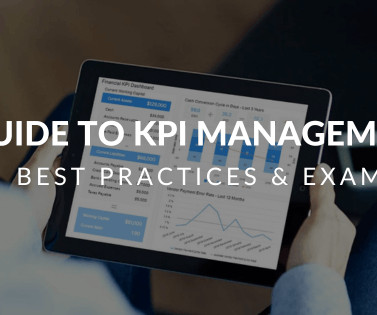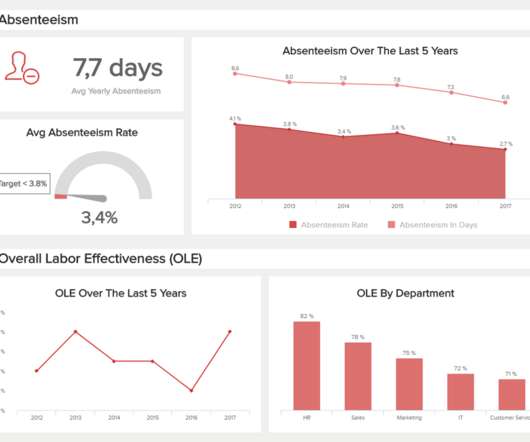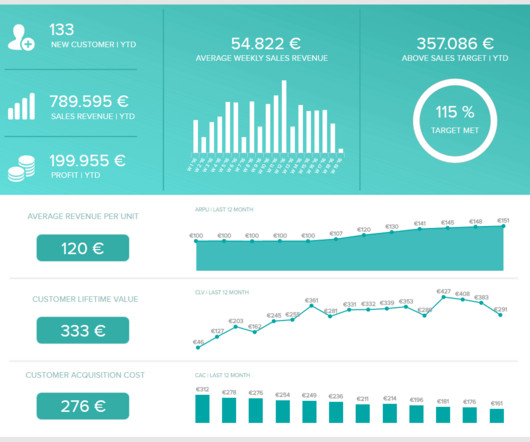KPI Management And Best Practices: How To Find The Perfect KPI Solutions?
datapine
FEBRUARY 9, 2024
4) How to Select Your KPIs 5) Avoid These KPI Mistakes 6) How To Choose A KPI Management Solution 7) KPI Management Examples Fact: 100% of statistics strategically placed at the top of blog posts are a direct result of people studying the dynamics of Key Performance Indicators, or KPIs. What Is KPI Management?














Let's personalize your content